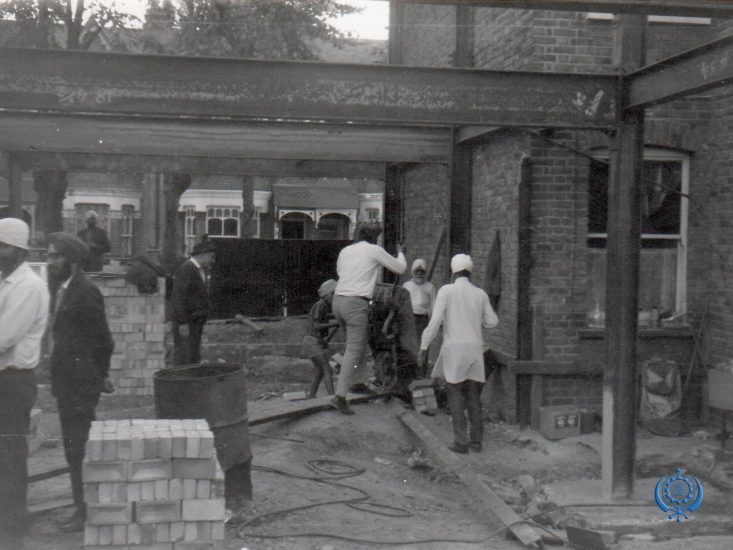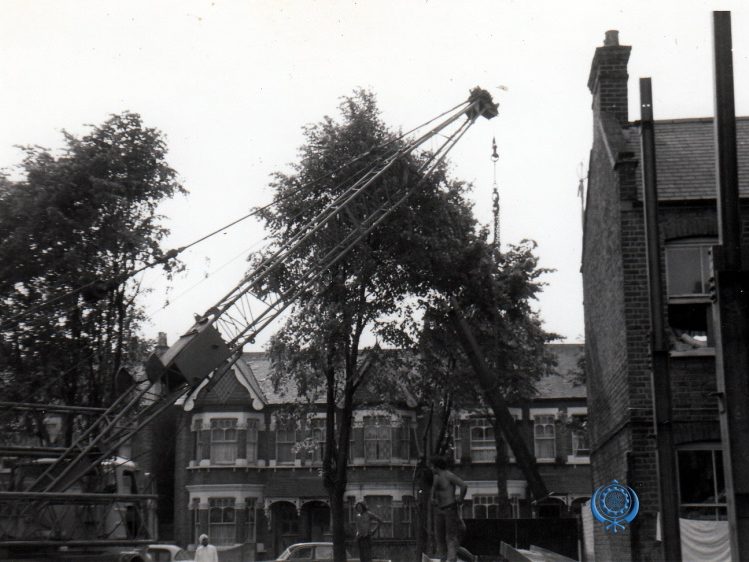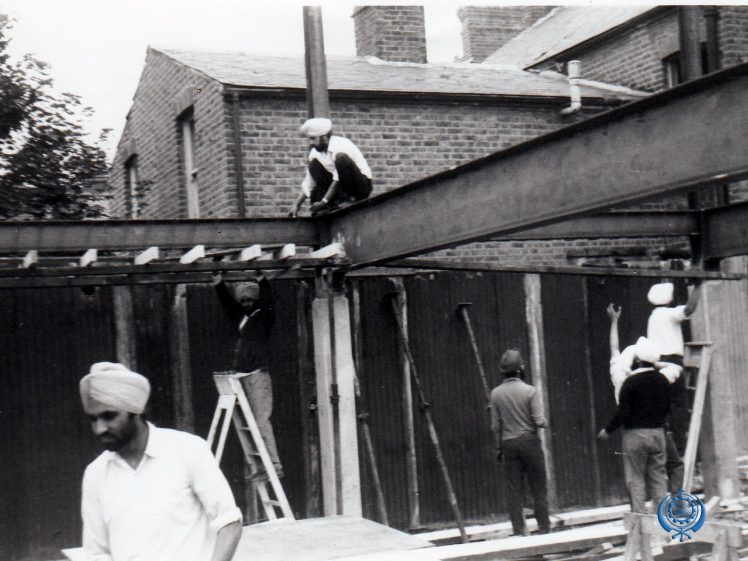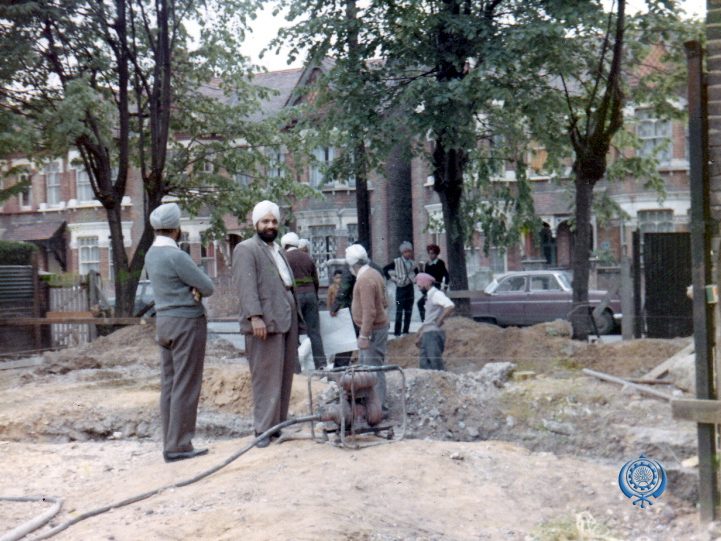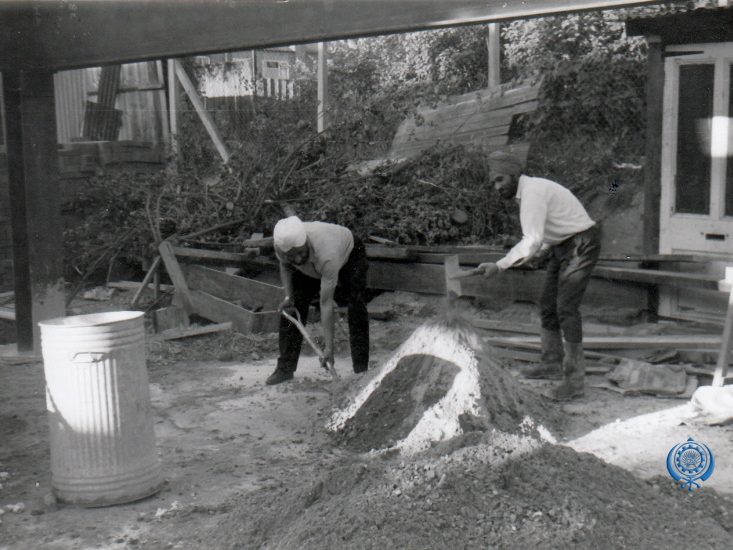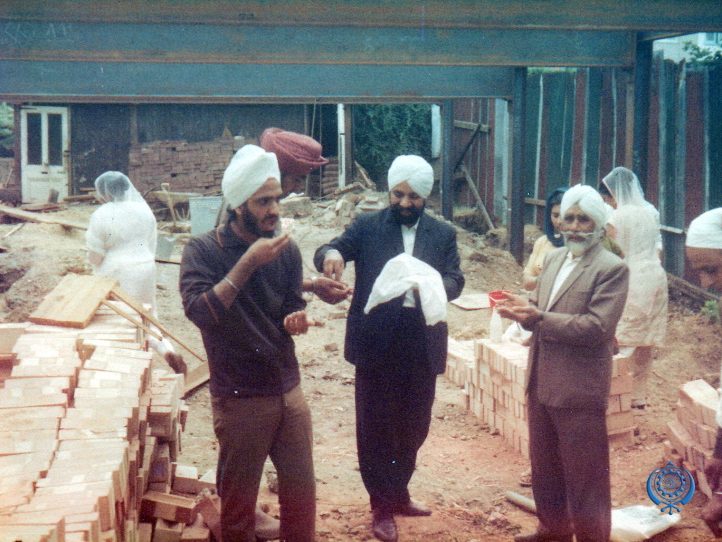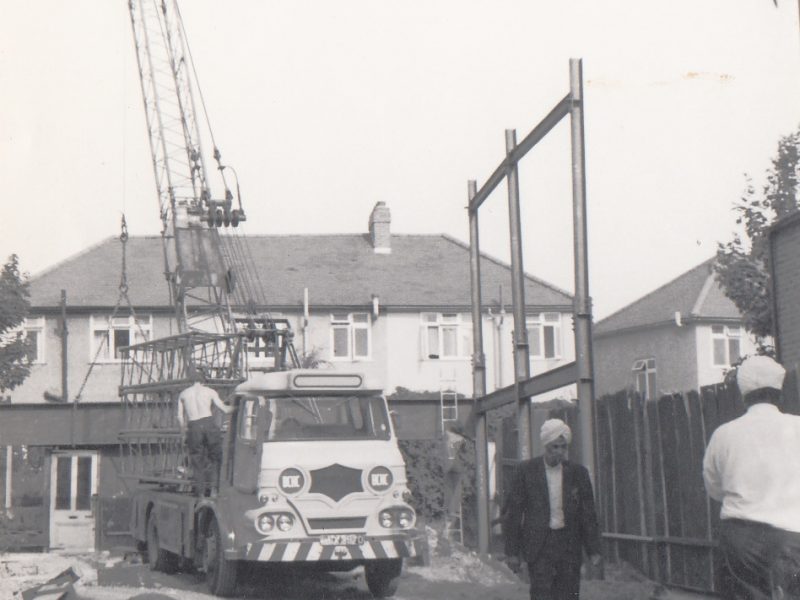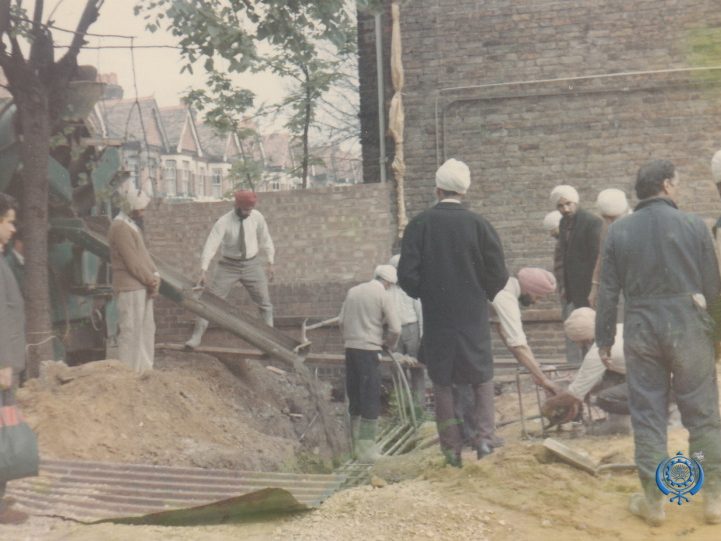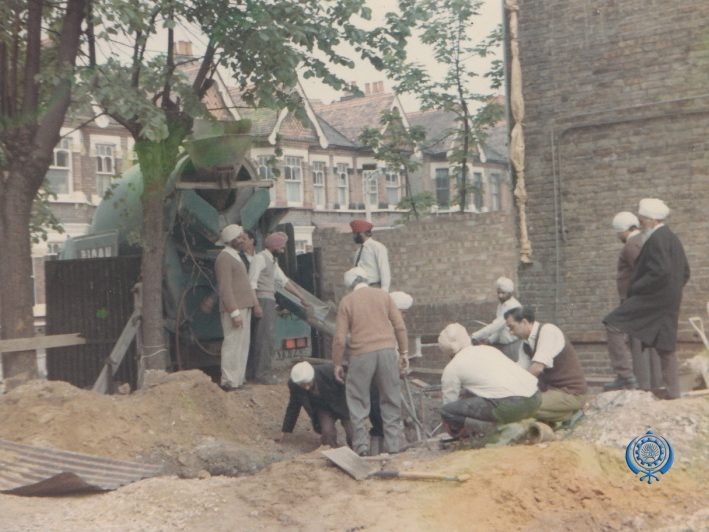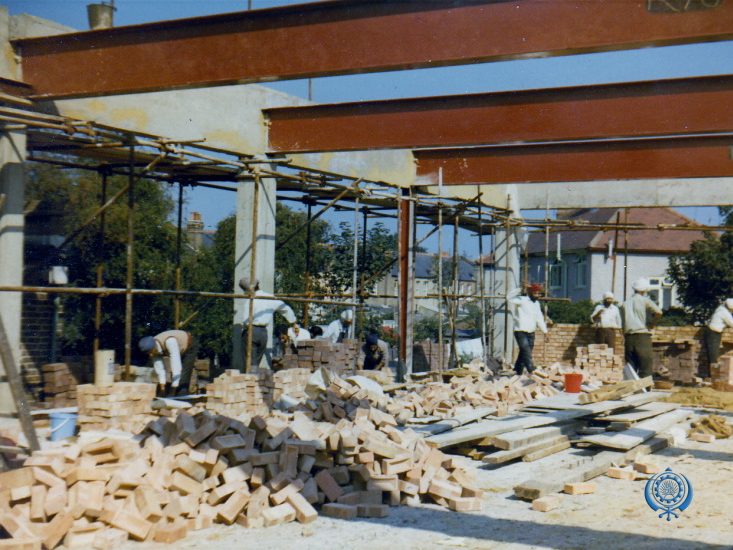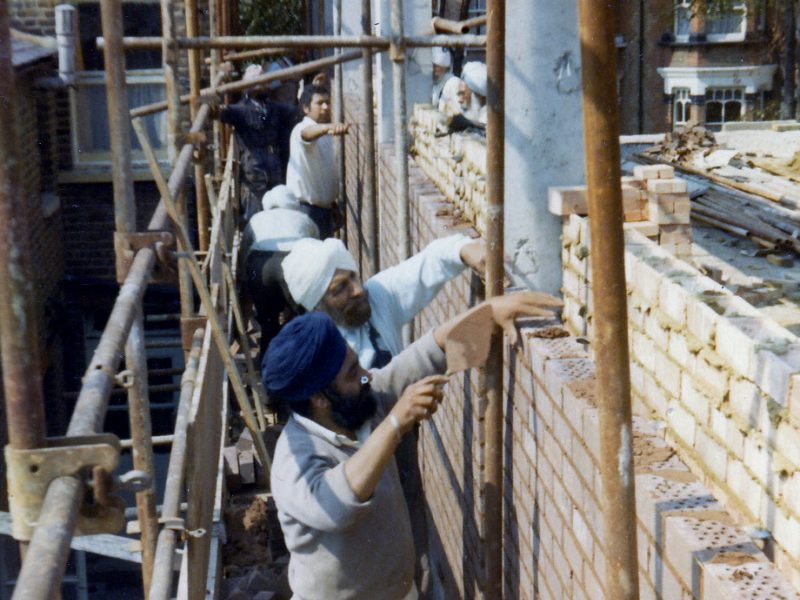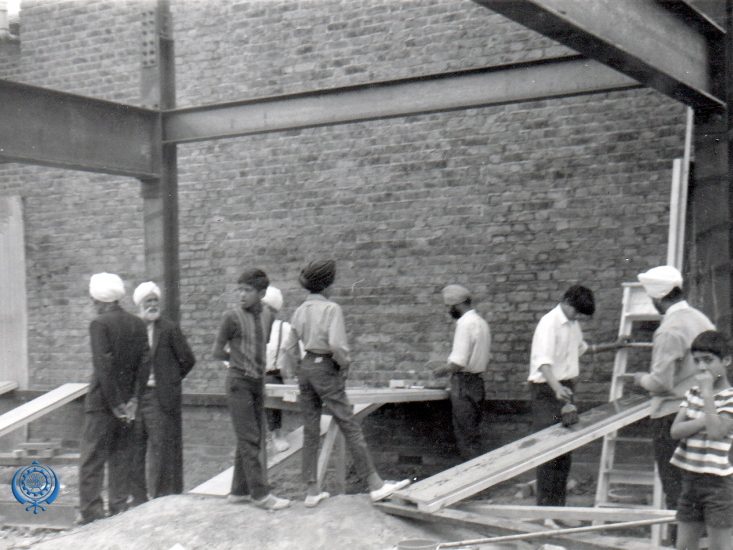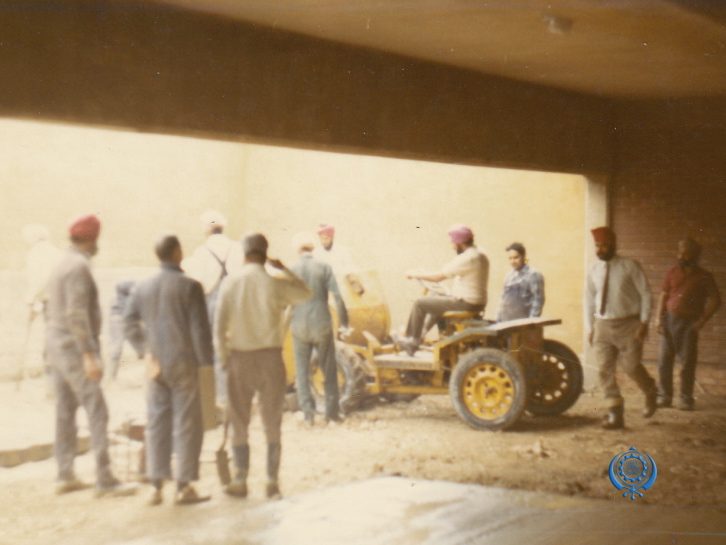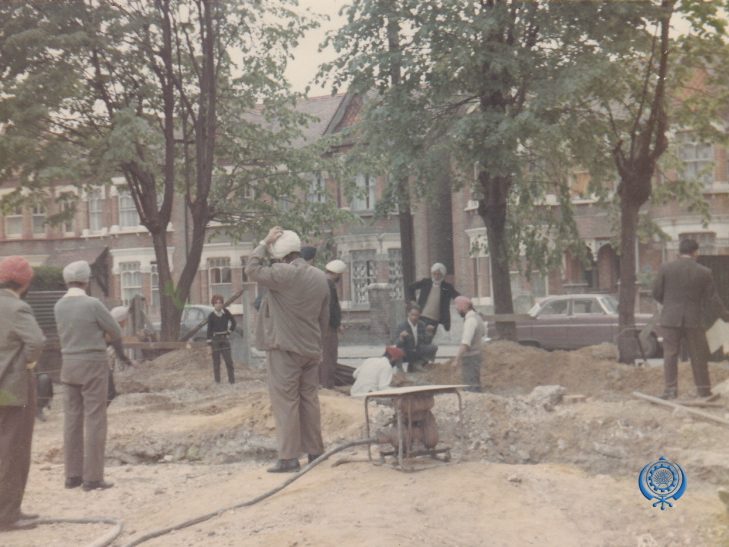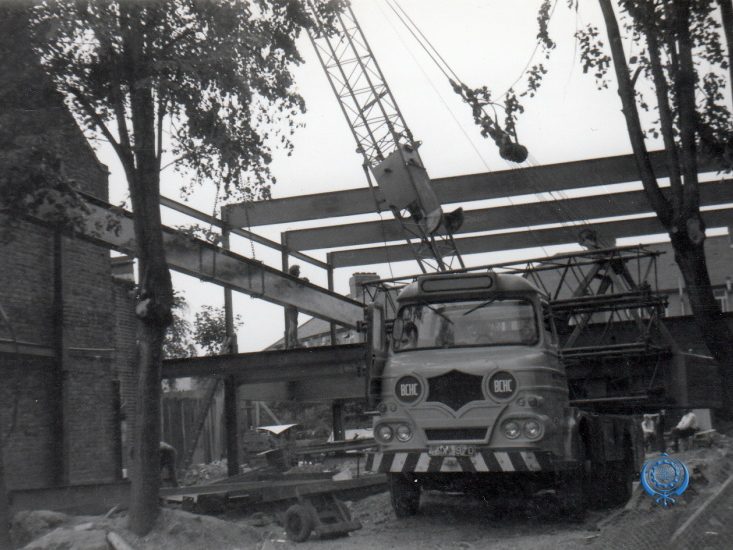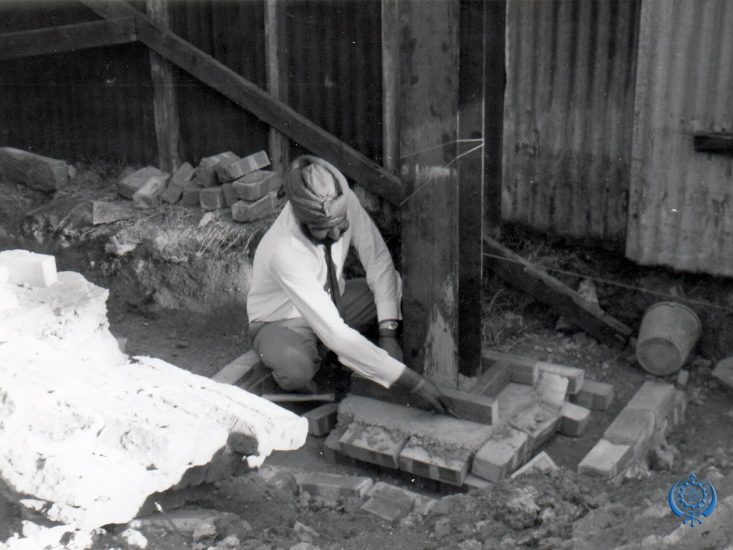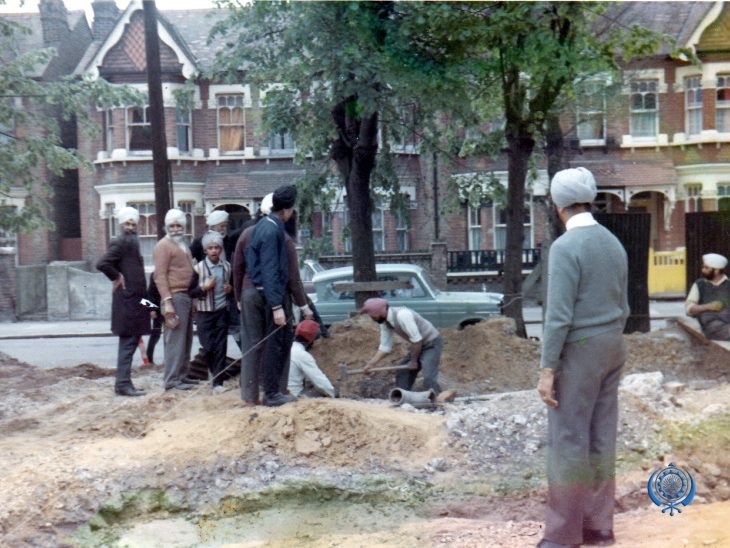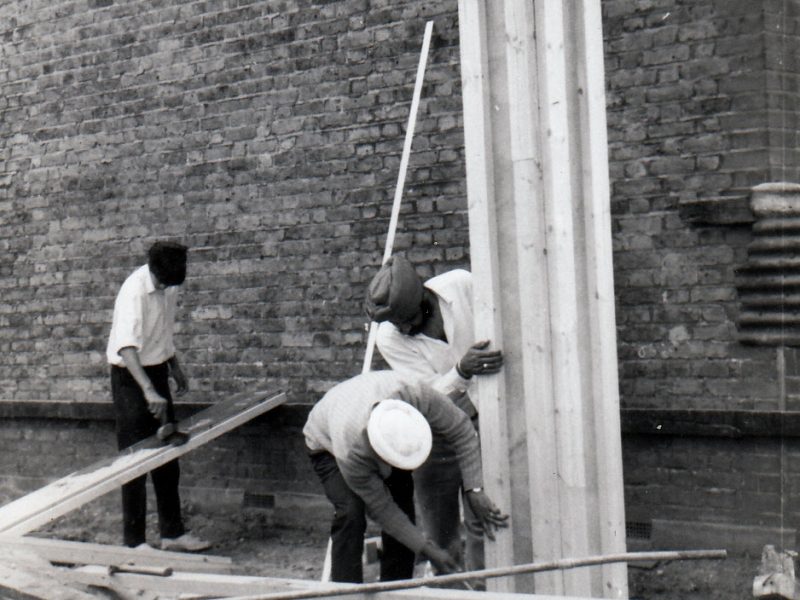The Ramgarhia Sabha Southall Sikh Education Centre provides educational opportunities every Sunday from 10 a.m. to 1 p.m.
They offer A-Level Panjabi, GCSE Panjabi, and GCSE Sikhi classes, following the AQA syllabus for Panjabi and the GCSE syllabus with Pearson Edexcel for Sikhi. They also support students taking Sikhi for their GCSE Religious Education qualification.
For younger students (Reception to Year 9), classes are held from 11 a.m. to 1 p.m. at Hambrough Primary School, accessible via St Joseph’s Drive, with on-site parking available.
Adult Education Classes in Sikhi are conducted online via Zoom.
During the term, children can participate in various activities at the Gurdwara, such as public speaking, Kirtan recitation, and engagement in significant Sikh religious events.
All teachers and helpers are DBS-checked volunteers who receive training in Safeguarding and Health & Safety areas.
For enrollment inquiries, please get in touch with the Ramgarhia Sabha Education Team:
– **Phone**: 0208 843 1167
– **Mobile**: 07722 414 030
– **Email**: education@ramgarhia.org

